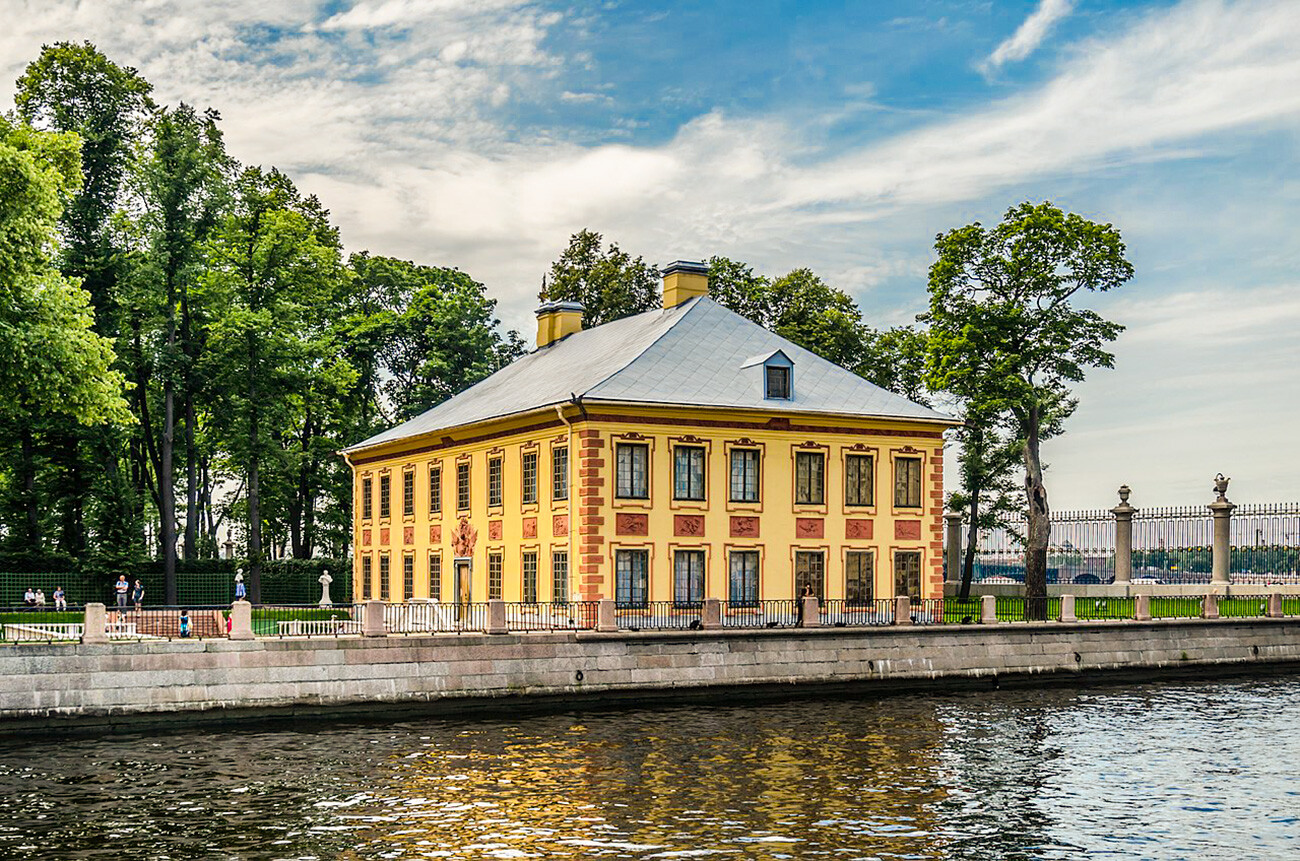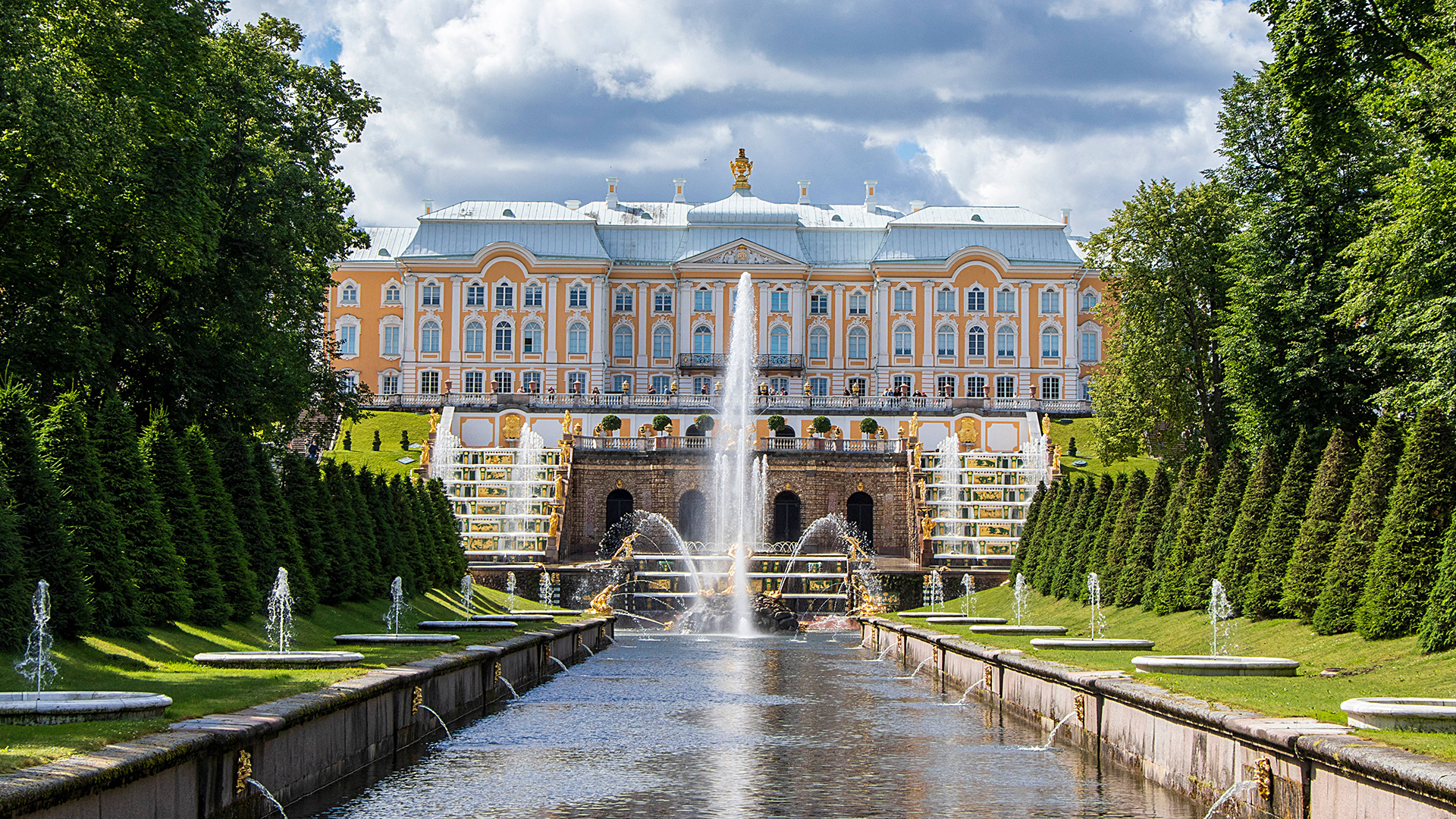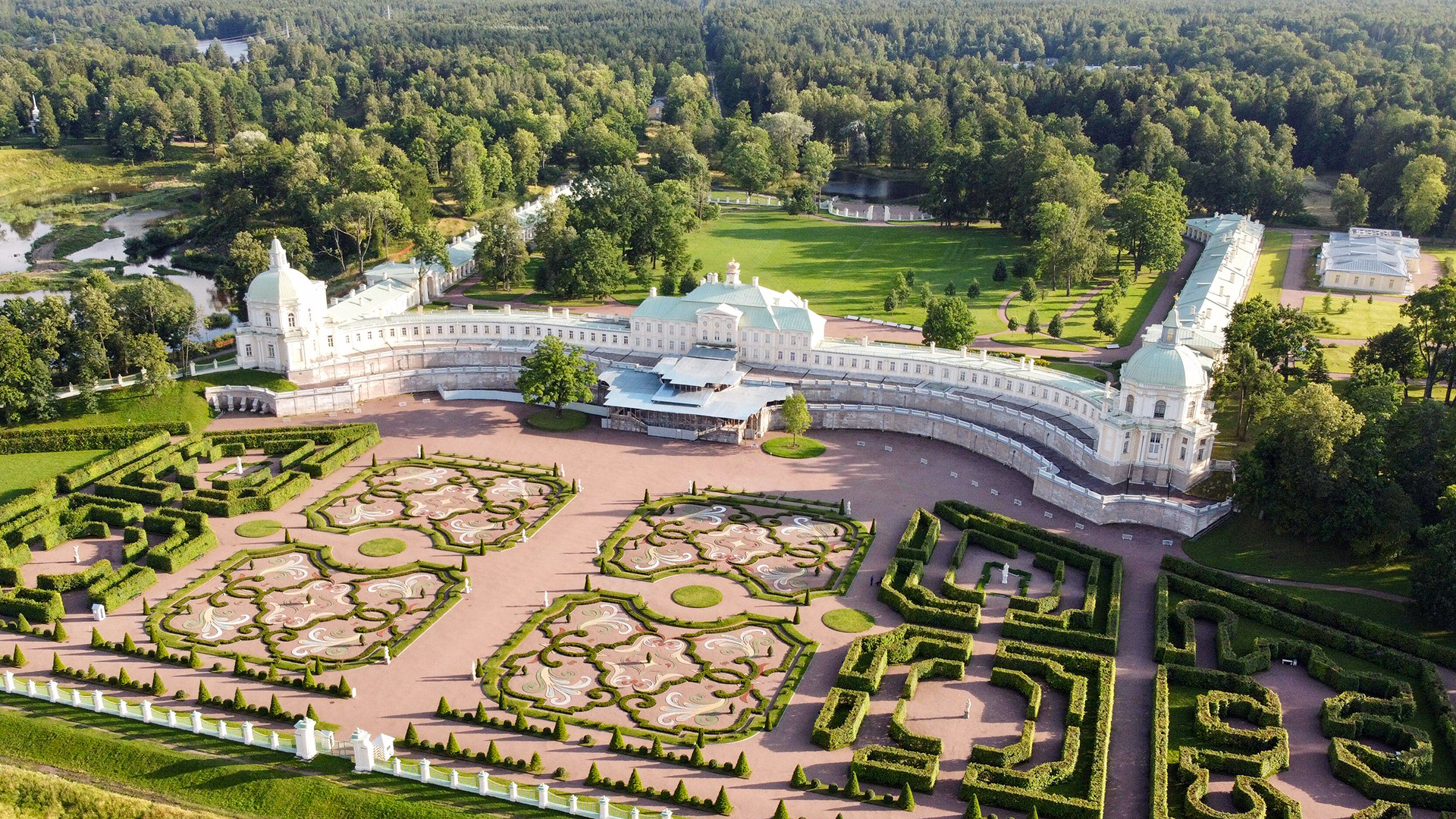
5 reasons to visit St. Petersburg's Summer Garden (PHOTOS)

1. Find yourself on the island and walk around it in an hour

The Summer Garden is located on the island of the same name in the very center of St. Petersburg. Originally, it was a part of the large island of Usaditsa, which, in the 18th century, was divided into 14 parts with the help of canals. Today, only five of them have survived, including the Admiralty Islands, New Holland and the Summer Garden.
2. Admire the regular park - almost like in Versailles

Like the French palace park, the Summer Garden is built according to the laws of regular planning. Its territory is divided by bosquets - patches of trees that create green walls and neat straight alleys along which sculptures by Italian masters are installed. Their collection began to be created under Peter the Great. For example, in 1720, the first antique statue in Russia was installed there - Venus 2nd-3rd century BC was presented to the Russian Emperor by Pope Clement XI.

To this day, however, about 90 statues have survived: mostly exact copies are installed in the garden, while the originals are kept in the Mikhailovsky Castle nearby.
3. See the first fountains of St. Petersburg

Peter the Great loved water amusements, so there were many fountains in the Summer Garden, some of which have survived to this day.

For example, Catherine I received ladies at the Tsaritsyn fountain on the Central Alley.

Another one is called ‘Pyramid’ - the empress wanted the garden to have a fountain of this shape.
4. Take a walk along Pushkin's route

Since the 19th century, the garden has been a favorite place for city residents to walk. Alexander Pushkin was among those who visited it. The poet called it his vegetable garden and felt at home there: “I get up from sleep and go there in my robe and shoes. In the afternoon, I sleep in it, read and write".

By the way, Eugene Onegin’s tutor took him for a walk in the Summer Garden.
5. Look into the Summer Palace of Peter the Great

One of the first stone buildings in St. Petersburg was the Dutch-style Summer Palace. Until 1725, the emperor spent every summer in it. He lived on the first floor, while the second floor was for his wife. Now, there is a museum there.

By the way, next to the palace is the Red Garden - a vegetable garden where spicy herbs and medicinal plants were grown; it was there that the first potatoes were planted in Russia. You can admire the neat rows of flowers and plants even now. It is especially pleasant from the summer veranda of the café next door.












